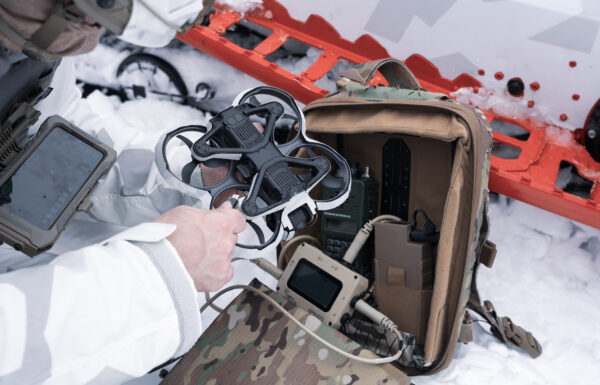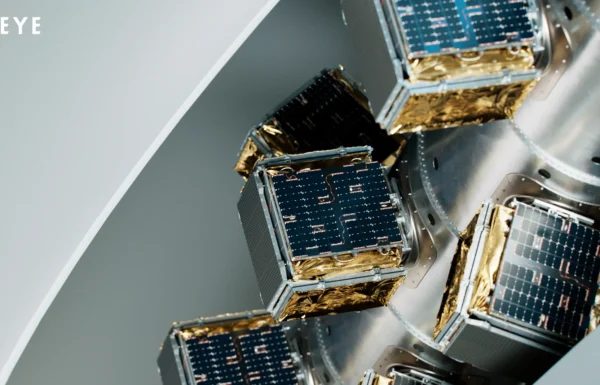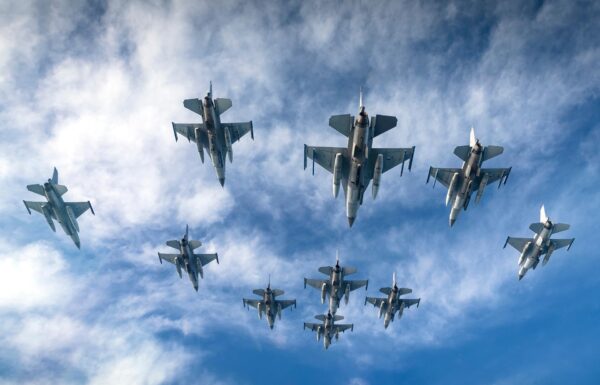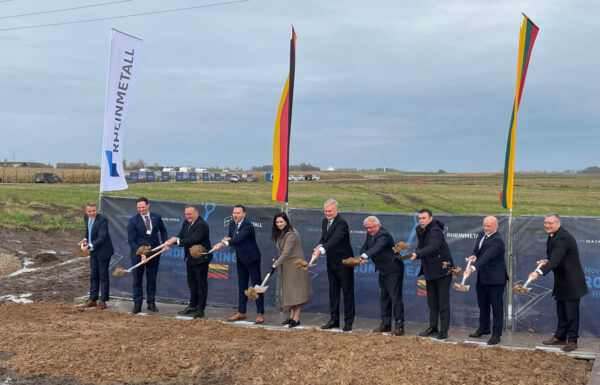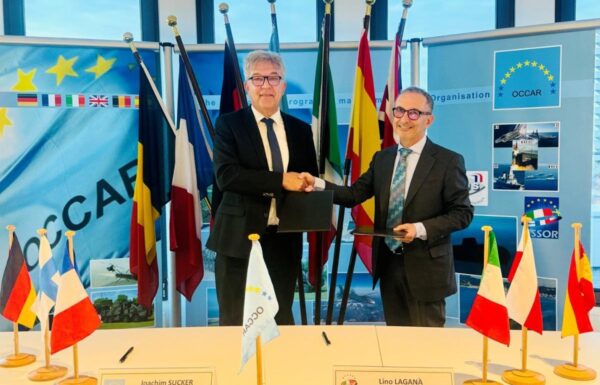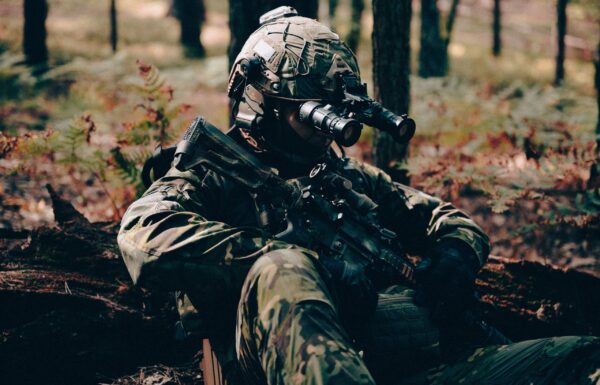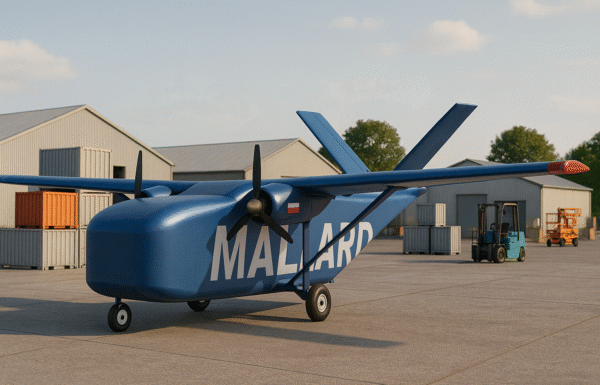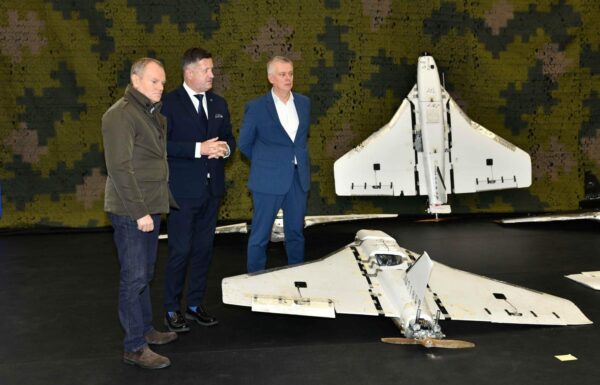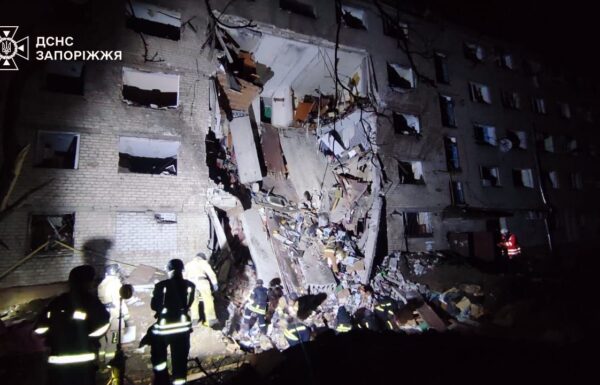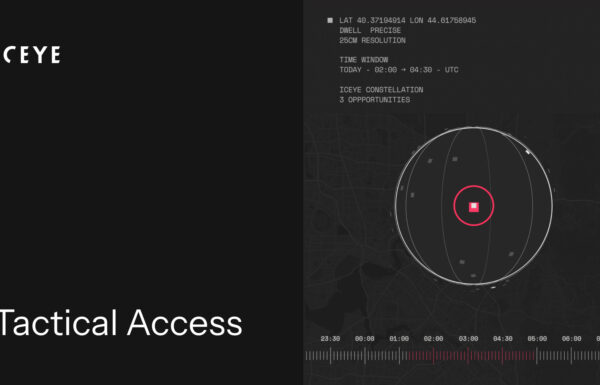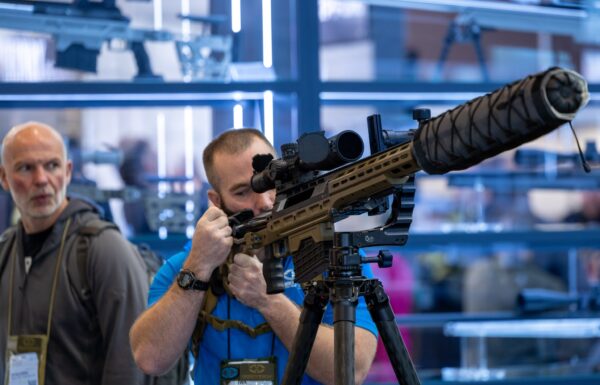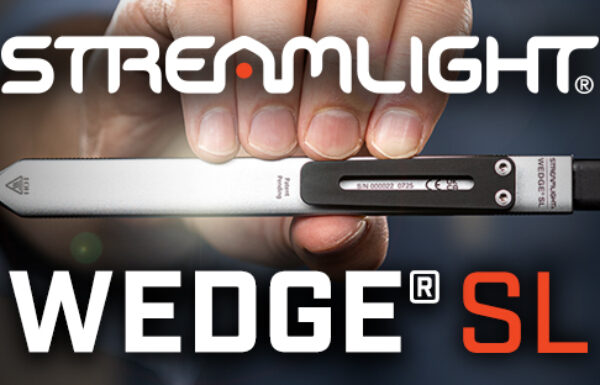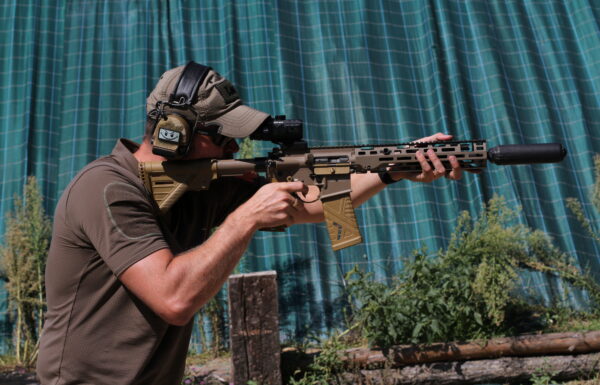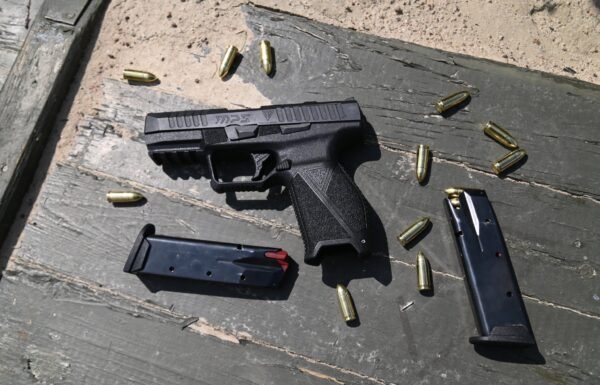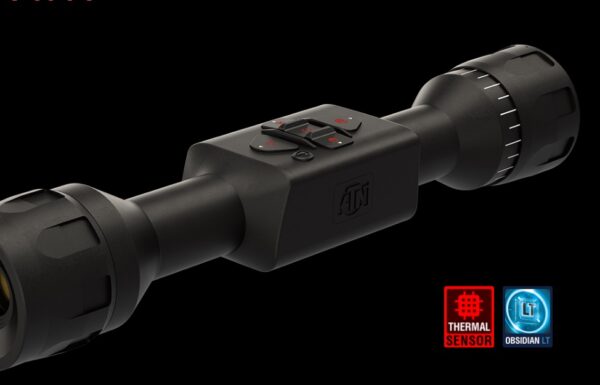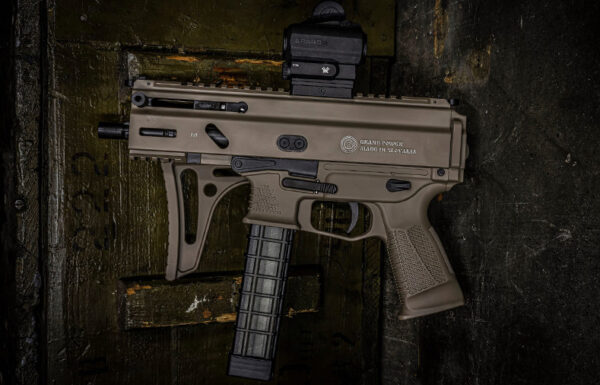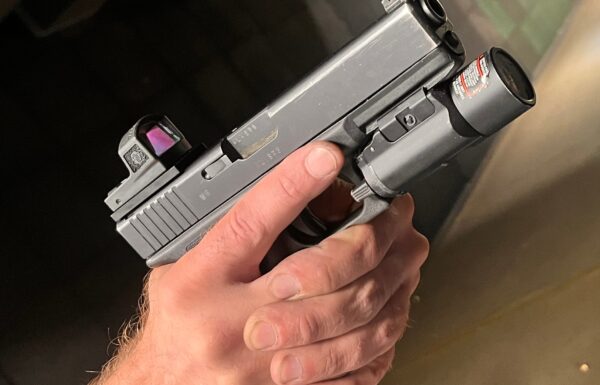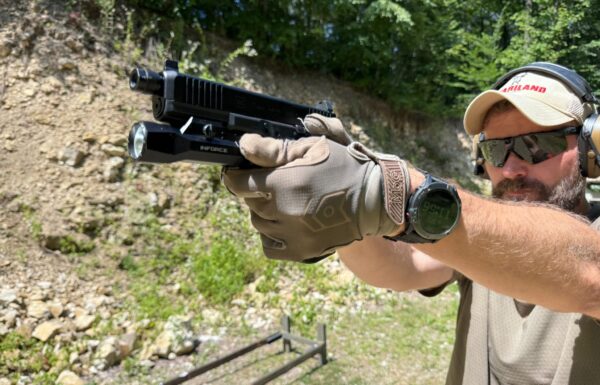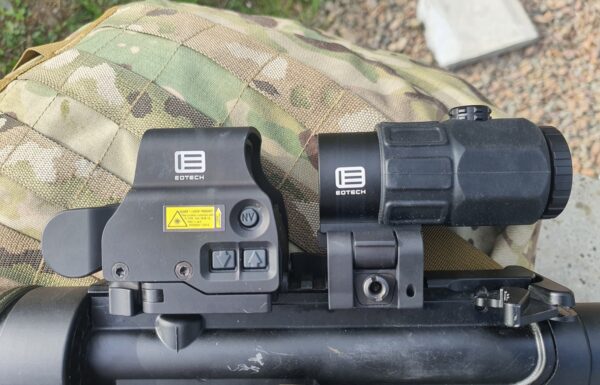On Friday, January 31, 2025, the American companies Northrop Grumman and Rockwell Collins signed additional contracts in the delivery programs of E-2D Advanced Hawkeye early warning aircraft for the two, currently sole, export users: the Japan Air Self-Defense Force (Kōkū Jieitai) and the French Navy (Marine Nationale).
 Japanese E-2D Advanced Hawkeye / Photo: Northrop Grumman
Japanese E-2D Advanced Hawkeye / Photo: Northrop Grumman
Japan
The first contract, valued at 57,360,906 USD, was signed between Northrop Grumman Systems Corp. Military Aircraft Systems (a division of Northrop Grumman) based in Melbourne, Florida, and NAVAIR (Naval Air Systems Command) of the U.S. Navy, headquartered in Patuxent River, Maryland.
Its scope includes the integration of second-generation SATURN (Second Generation Anti-Jam Tactical Ultra-High Frequency Radio) radios, compliant with NATO standards and successors to HAVE QUICK II systems, as well as the acquisition of a systems integration laboratory for the configuration of Japanese aircraft.
The work will be carried out in Melbourne, Florida (47.9%), West Chester, Ohio (29.5%), Cedar Rapids, Iowa (11.6%), Woodland Hills, California (5%), McLean, Virginia (1.6%), Falls Church, Virginia (1.1%), and various locations within and outside the continental United States (3.3%). Completion is expected by February 2030. The contract is fully funded through the Foreign Military Sales (FMS) program, and its funding will not expire at the end of the current fiscal year (September 30, 2025).
Japan operates 13 aircraft of this type, with a contract for the production of five additional units signed on July 19, 2024. Deliveries of the first aircraft began in May 2019. The modernized E-2D aircraft complement and will eventually fully replace the older E-2C Hawkeye, which were originally ordered in 1981 and 1983 in a total of 13 units and have been in service since January 1987. The aircraft are assigned to the 601st and 603rd Squadrons, based at Misawa and Naha Air Bases. They are supplemented by larger Boeing E-767 aircraft, which have been in operation since 2000 and are stationed with the 602nd Squadron at Hamamatsu Air Base. All these units fall under the Airborne Early Warning & Control Group (Keikaikoukuutai) of the Japan Air Self-Defense Force (JASDF).
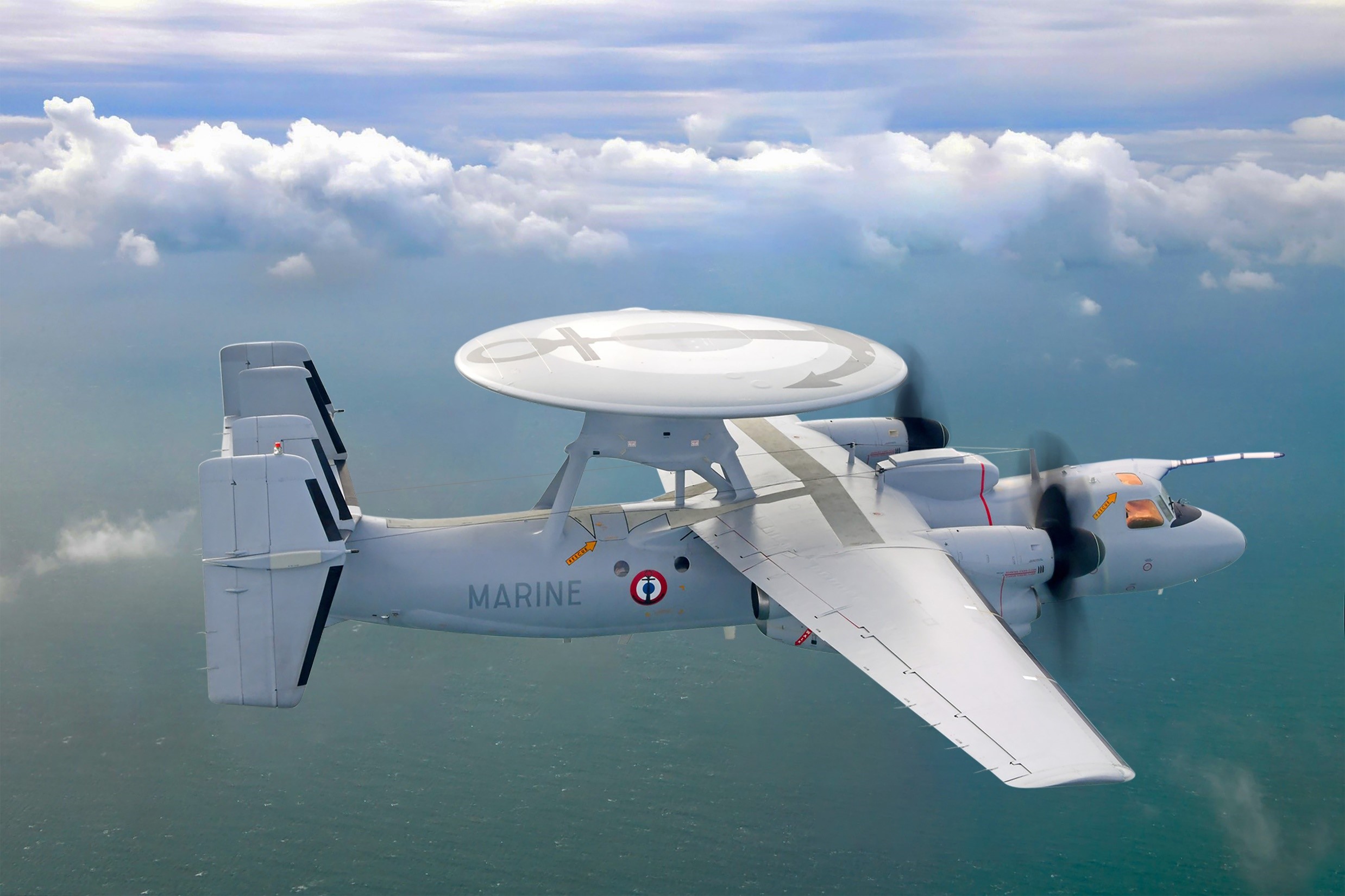 Visualization of one of the future French E-2D Advanced Hawkeye aircraft / Image: Northrop Grumman
Visualization of one of the future French E-2D Advanced Hawkeye aircraft / Image: Northrop Grumman
France
The second contract, valued at 65 million USD, is set to be signed between Rockwell Collins Simulation and Training Solutions (a division of Collins Aerospace and RTX) based in Cedar Rapids, Iowa, and the Naval Air Warfare Center Training Systems Division in Orlando, Florida.
The contract is expected to include the HITS-A (Hawkeye Integrated Training System for Aircrew) combat training system for French E-2D crews, as well as related technical data and training (instructor/operator, maintenance, and cybersecurity). The work will be carried out in Sterling, Virginia (70%), Tampa, Florida (20%), and Lorient, France (10%), with completion expected by July 2028. Funding will come entirely from the Foreign Military Sales (FMS) program and will not expire at the end of the current fiscal year.
Let us recall that on December 10 of last year, Northrop Grumman announced the start of production for the first of three French E-2D aircraft.
The French Naval Aviation (Aéronavale) currently operates three older E-2C Hawkeye aircraft, assigned to Flottille 4F squadron. Typically, two of them are permanently stationed aboard the nuclear aircraft carrier FS Charles de Gaulle (R91). The squadron was established on July 2, 2000, at Lann-Bihoué Air Base, near the town of Quéven in the Morbihan department. France is the only country outside the United States that operates Hawkeye aircraft from an aircraft carrier. In February and March 2022, a U.S. E-2D conducted test takeoffs and landings on the French carrier.
E-2D Advanced Hawkeye
Compared to the E-2C, the Advanced Hawkeye features new electronic equipment, including an upgraded radar, avionics, color cockpit displays, as well as enhanced Allison/Rolls-Royce T56-A-427A turboprop engines and fuel tank-equipped wings. As a result, the maximum flight endurance without aerial refueling has increased from 5 to 8 hours.
As mentioned, Japan and France are the only export users of the E-2D. The U.S. Navy operates 51 aircraft (out of 76 ordered), reflecting its status as the operator of the largest carrier-based aviation fleet in the world.
The manufacturer is currently conducting marketing efforts for the E-2D, particularly in India, Egypt, Taiwan, and Poland. Although Poland has introduced into service two used Saab 340B AEW-300 aircraft purchased from Sweden, it remains interested in acquiring brand-new aircraft in the long term (such as the competing Saab GlobalEye, which is attracting growing interest from various countries). Israel has opted not to proceed with the E-2D purchase. If no additional customers emerge, the E-2D production line in St. Augustine, Florida, will be shut down following the completion of the French and Japanese contracts.


